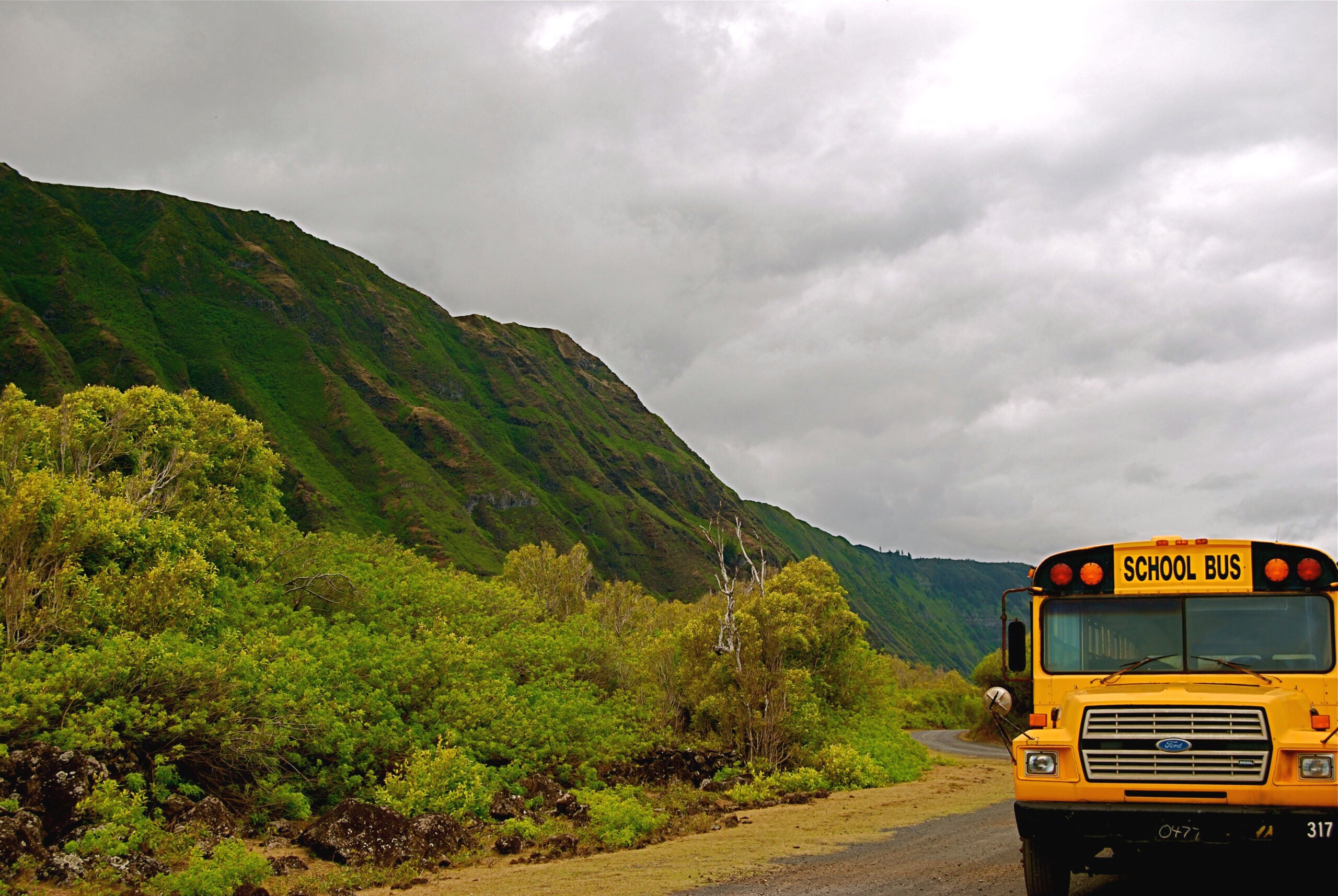Regulators’ Failures Expose Hawaiians to Toxic Pesticides, Violating their Civil Rights
Earthjustice attorney Kylie Wager reveals a history of injustice around pesticide spraying in West Kauai and on the island of Molokai.

This page was published 9 years ago. Find the latest on Earthjustice’s work.
The Hawaii Department of Agriculture (HDOA) and the Agribusiness Development Corporation’s (ADC’s) failure to limit pesticide exposure disproportionately harms Native Hawaiians in West Kauai and on Molokai, who live in great numbers and proportions near spraying operations. These pesticides pollute the air, soil and water resources that these communities rely upon.
HDOA requires no buffer zones between large-scale pesticide spraying operations and schools.
HDOA has a growing backlog of pesticide use complaints, often takes years to address these complaints and rarely takes enforcement action against pesticide users. ADC freely hands out land licenses for West Kauai farmlands to genetically engineered seed companies, knowing that these companies heavily apply toxic chemicals near communities and residential areas. ADC refuses to bring its 40-mile drainage ditch system into compliance with federal clean water laws, even though the system transports pesticides and other pollutants through open sewers into the ocean near popular West Kauai fishing and recreation areas.
Title VI of the Civil Rights Act of 1964 mandates that “[n]o person in the United States shall, on the ground of race, color, or national origin, … be subjected to discriminationunder any program or activity receiving Federal financial assistance.” Federal regulations further prohibit recipients of federal funds from implementing programs or activities that have a discriminatory purpose or effect on communities of color.
HDOA and ADC — which receive huge sums of federal money each year — are violating Title VI because the agencies’ lackadaisical approach to regulating pesticides and managing state lands exposes Native Hawaiians in West Kauai and on Molokai to pesticides more than other populations and effectively discriminates against them.
Kauai bears the burden of more than half of the state’s genetically engineered seed production. The great majority of this production is found on the West Side, where the Native Hawaiian populations are proportionally among the highest on the island. For example, in the Kekaha-Waimea region, the percentage of pure Native Hawaiians significantly exceeds the island-wide percentage and is more than double the statewide percentage. Spraying operations in these areas have sent fieldworkers, teachers and schoolchildren to the hospital.
On Molokai, where the majority of residents are Native Hawaiian, pesticide-intensive genetically engineered seed crops occupy thousands of acres right near populated areas, schools and Hawaiian Home Lands. Molokai’s population of Native Hawaiians is nearly three times the statewide percentage, and its population of pure Native Hawaiians is more than four times the statewide percentage. Children on Molokai have suffered breathing problems, uncontrollable coughing, sporadic nosebleeds and allergy attacks after being exposed to pesticide-laden dust drifting from nearby seed operations.
Although pesticides affect many people in Hawaii, Native Hawaiians in West Kauai and on Molokai are unjustly and disproportionately at risk due to their proximity to largescale spraying operations. This is precisely the type of discrimination that Title VI is meant to protect against. Community groups The Moms on a Mission Hui and Pō‘ai Wai Ola/West Kaua‘i Watershed Alliance have had enough; they’ve called upon federal agencies to investigate and correct these environmental injustices and ensure equal protection for all.
This post was originally published as an op-ed for the Honolulu Star-Advertiser.
Established in 1988, Earthjustice's Mid-Pacific Office, located in Honolulu, Hawaiʻi, works on a broad range of environmental and community health issues, including to ensure water is a public trust and to achieve a cleaner energy future.